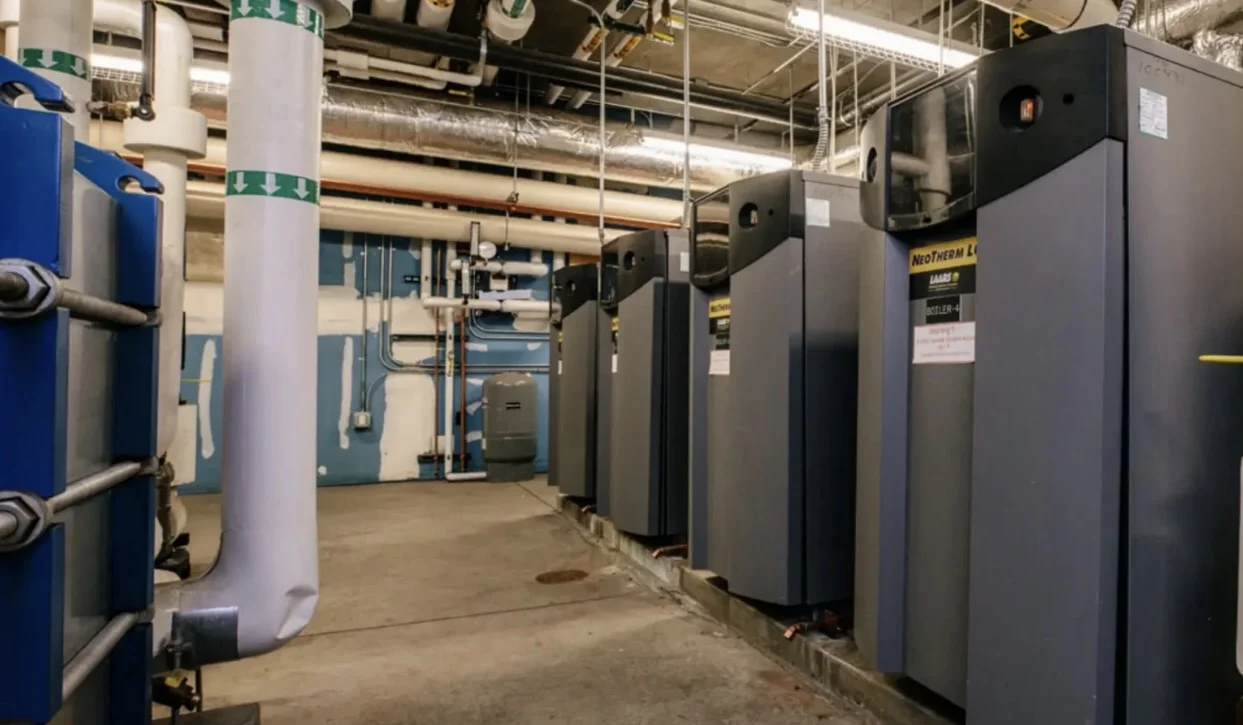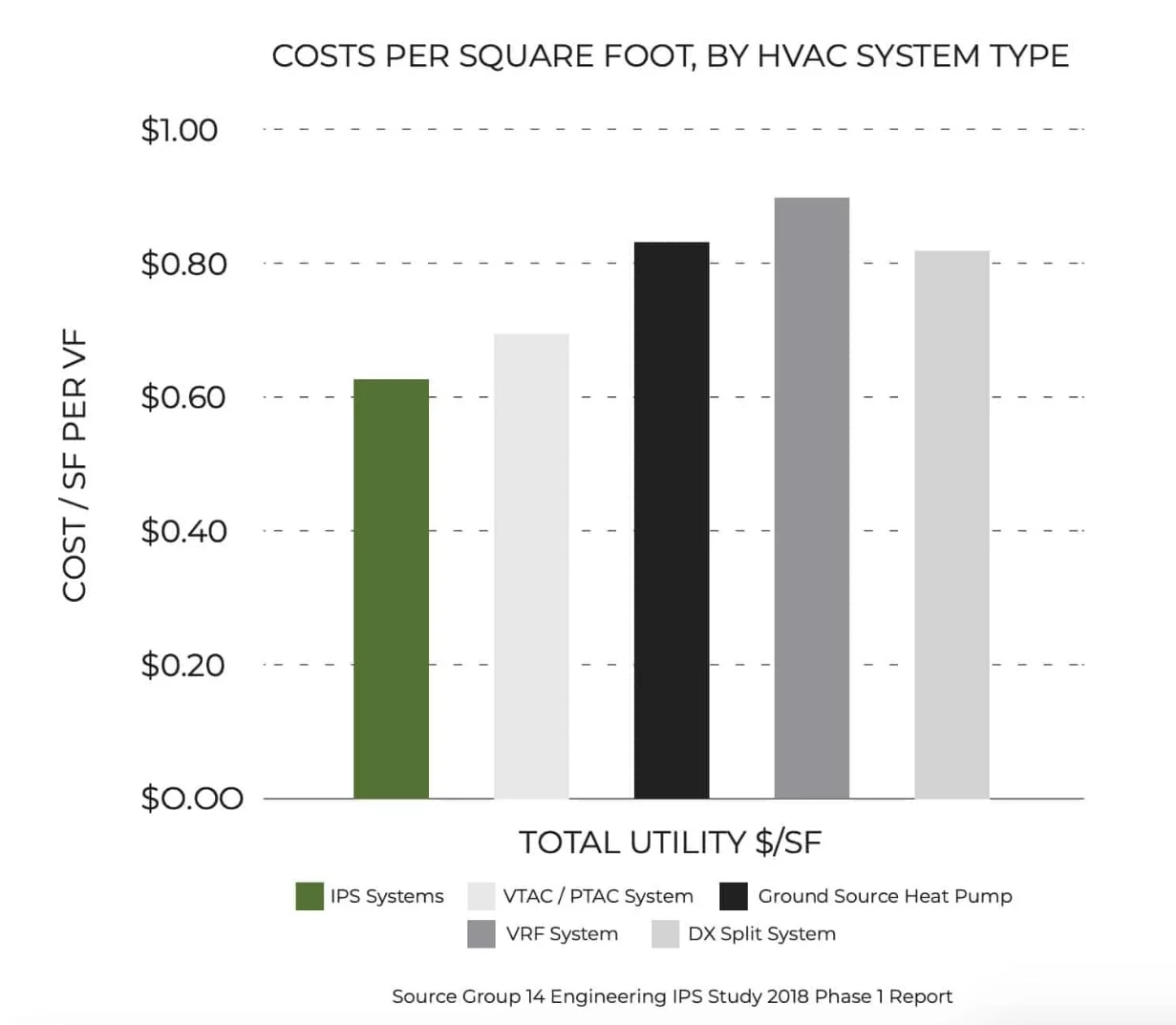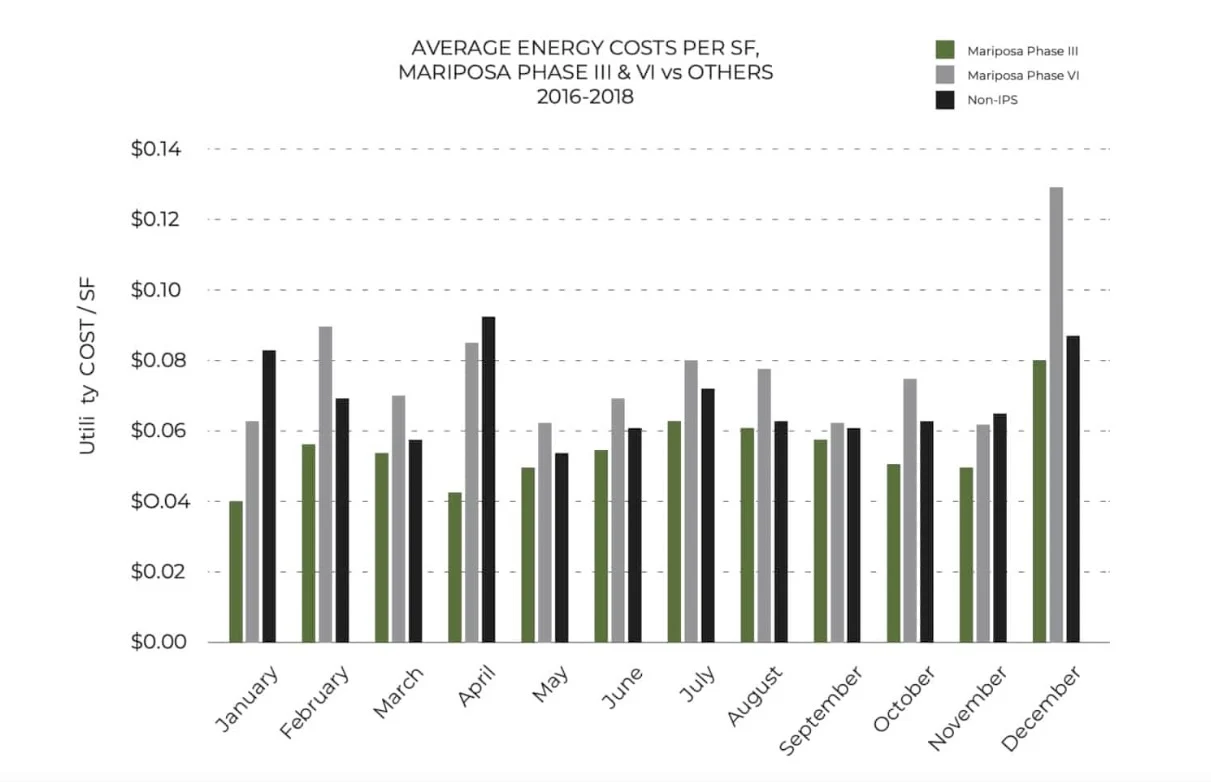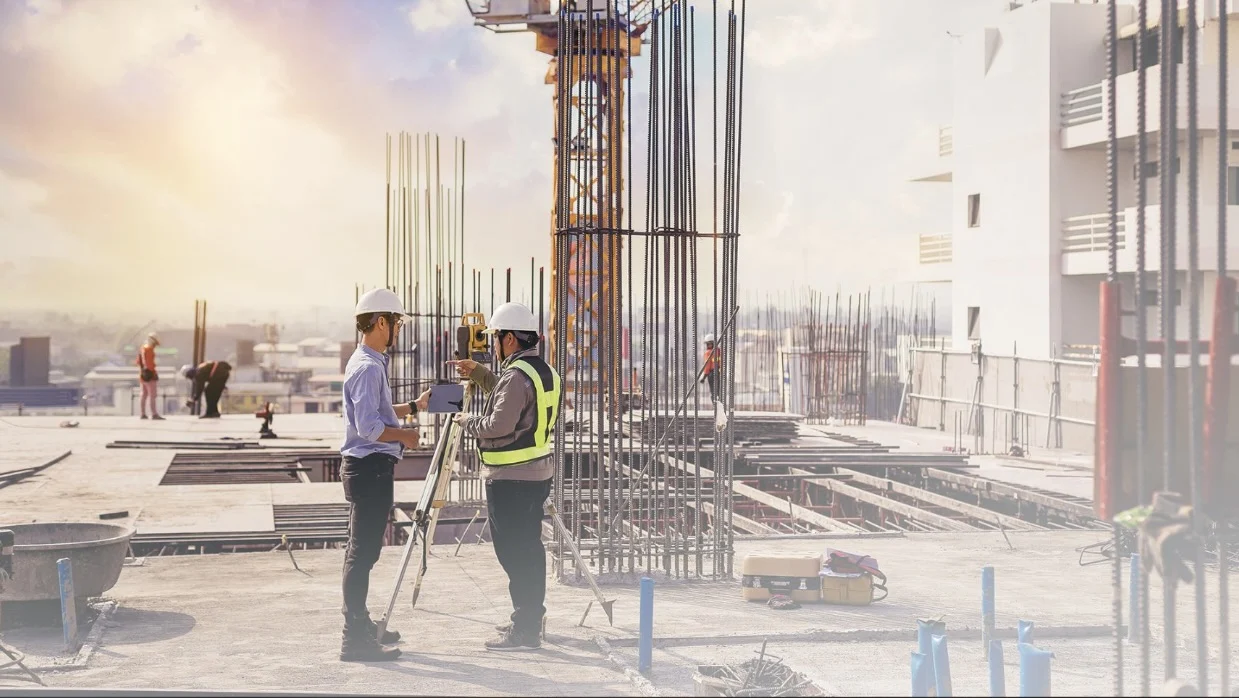In 2018, the Denver Department of Health & Environment released the city’s 80×50 Climate Action Plan. The plan highlights key strategies in the three sectors most responsible for greenhouse gas emissions: buildings, transportation and electricity generation.
Denver’s long-term building goals include slashing energy use 30% by 2030 and 50% by 2050. Additionally, all new commercial buildings are to be net-zero energy by 2035. This effort is one of several new programs Denver has recently implemented to create a more sustainable city.
In 2017, Denver voters elected to implement the Denver Green Buildings Ordinance, requiring all new buildings of 25,000 square feet or larger to include a green roof, on site solar, off site solar, energy conservation measures, or green building certification.
While the new 80×50 Plan and Green Roof Initiative up the ante, reducing energy consumption and shrinking net carbon emissions aren’t new concepts in the Mile High City. The green mindset is palpable in and around the Front Range, from the number of electric cars on the road to the ubiquitous, reusable grocery bags seen at supermarkets.
Generally speaking, the culture in Denver – and Colorado for that matter – is one of a healthy and active lifestyle paired with conservation of natural resources. Residents take interest in their environmental impact, and that of their city. This was at least part of the reason for the development of Energize Denver’s Energy Program and Benchmarking Ordinance.
The Energize Denver Benchmarking Map is a public, interactive map database that tracks the energy performance of over 3,000 multi-family buildings in the greater Denver area. Among the many green, yellow, purple, red and black dots marking various large buildings across the city is one HUD (Department of Housing and Urban Development) facility performing well above expectations.








